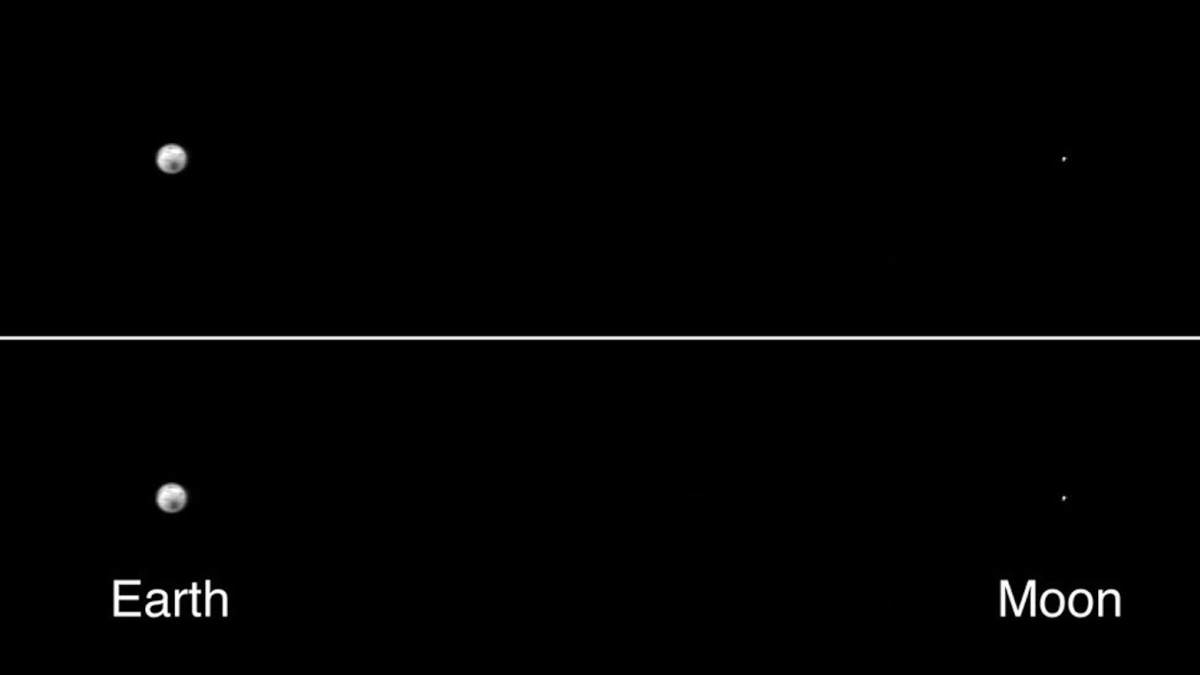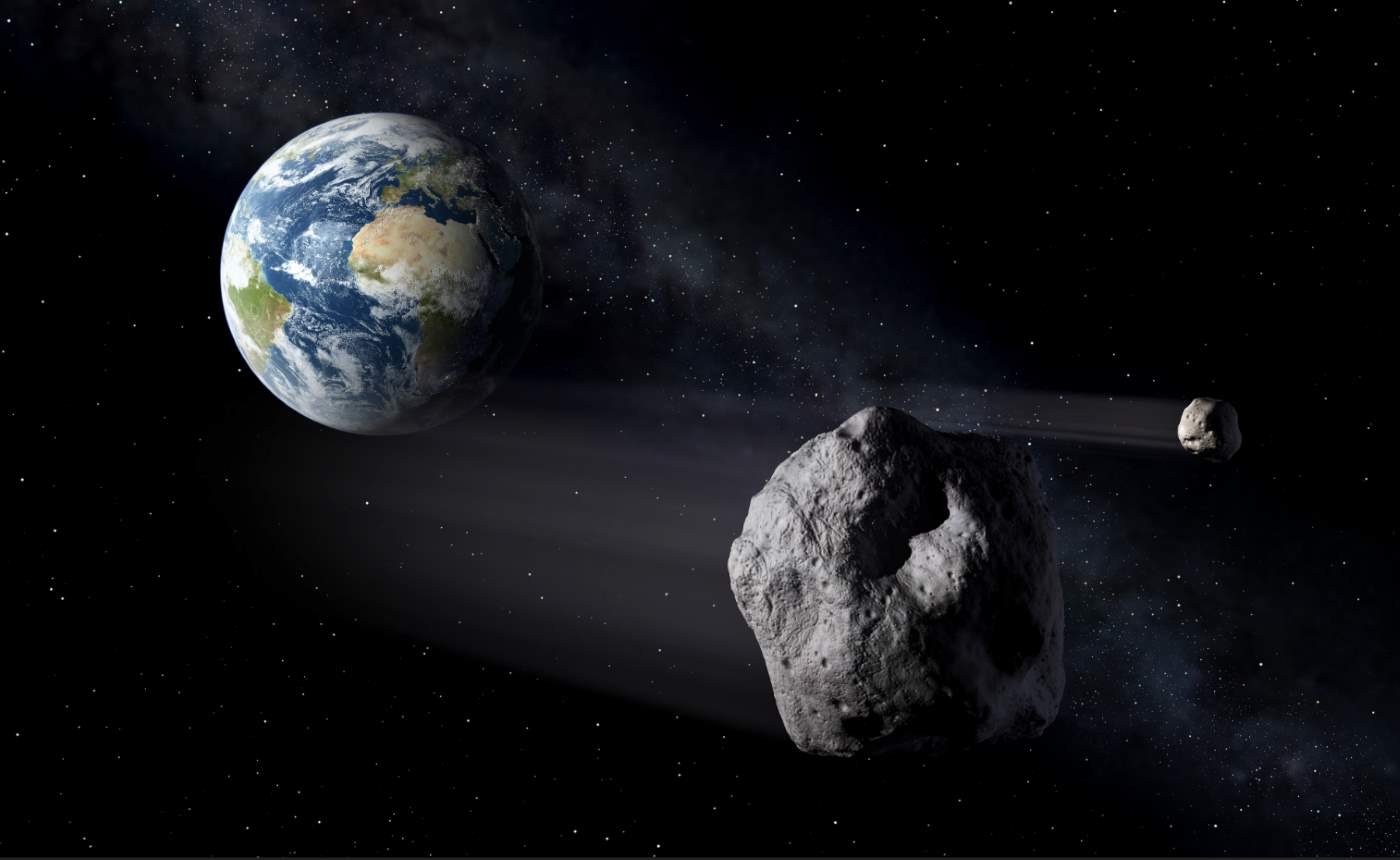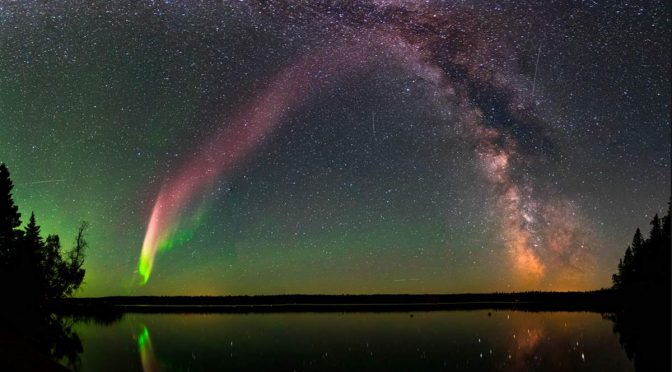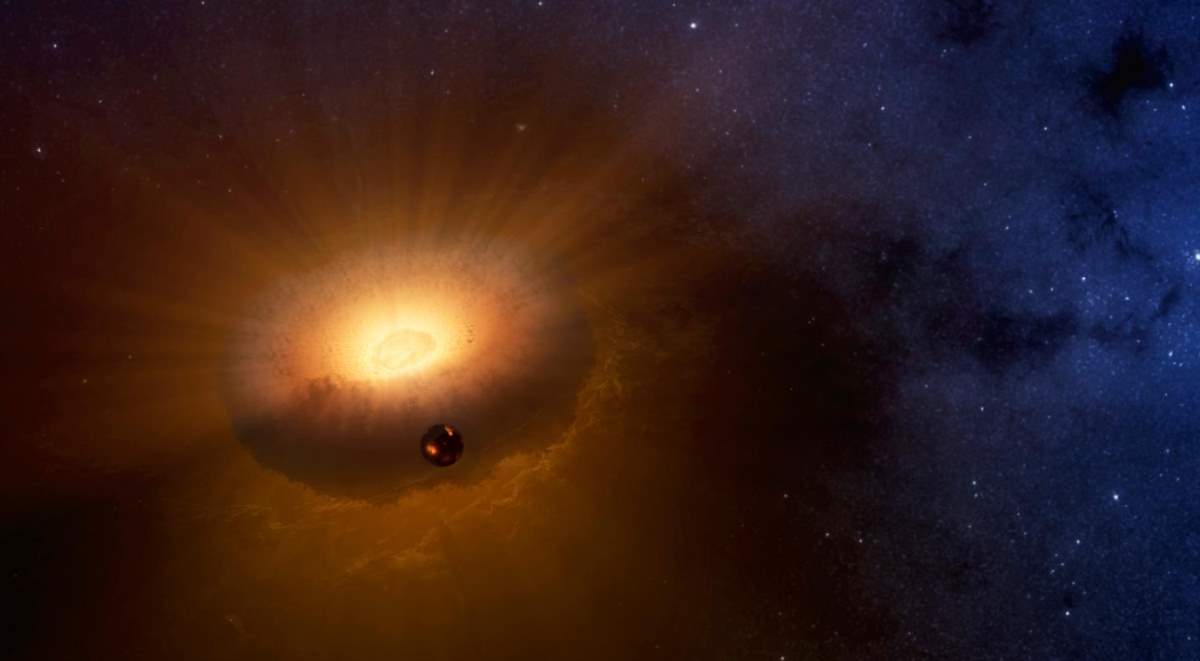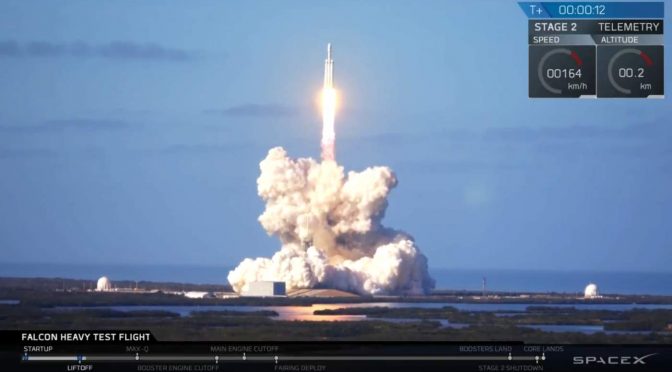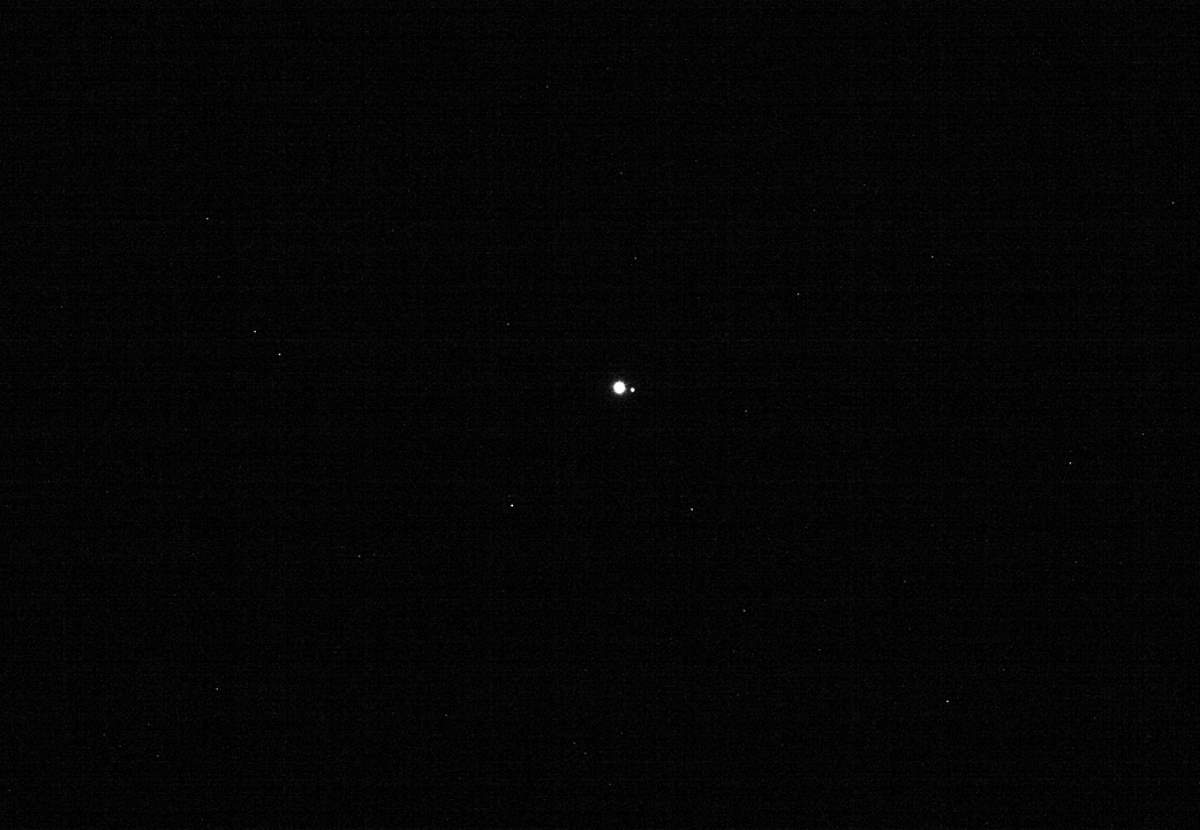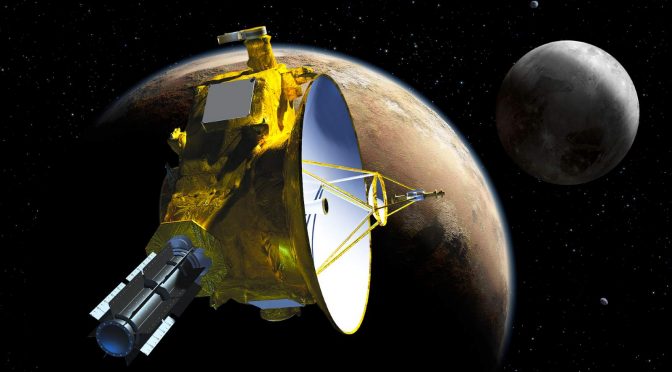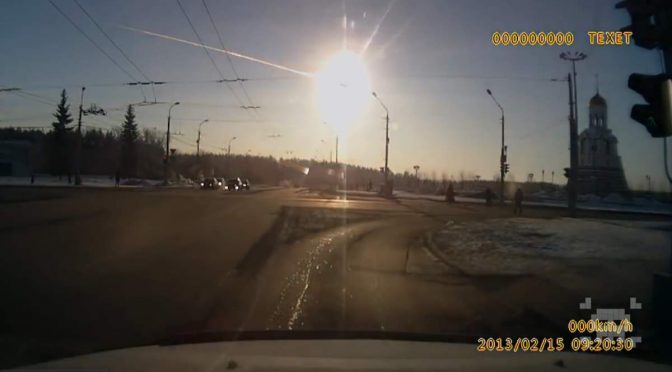The average distance between the Earth and the Moon is 384,400 km (238,855 miles). It’s a vast number that’s difficult to truly comprehend, leading many people to believe the Moon is much closer to Earth than it actually is. Astronomical distances are often hard to grasp. While planets and stars are massive, the spaces between them are far greater—beyond the reach of our imagination.
